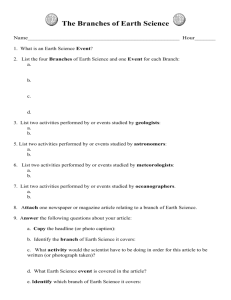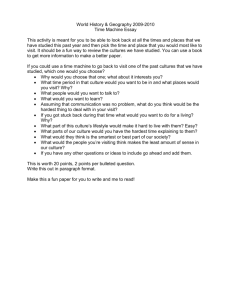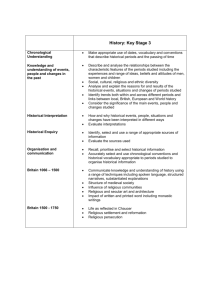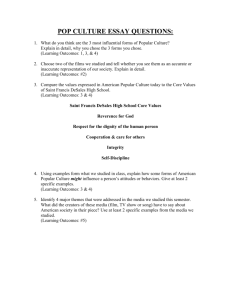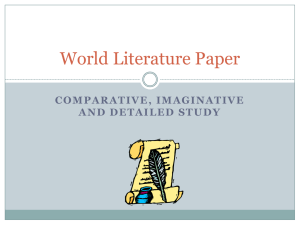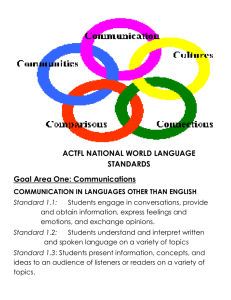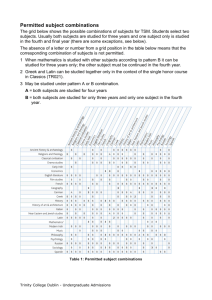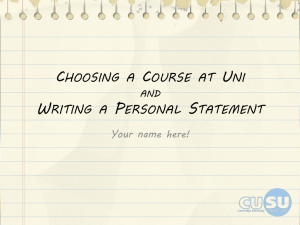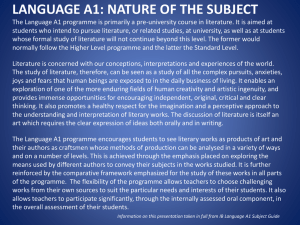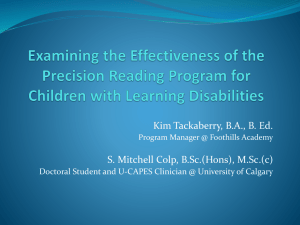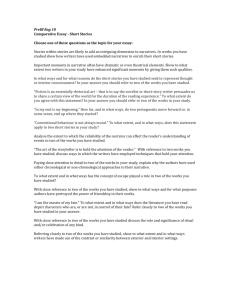IB IOP Defined
advertisement
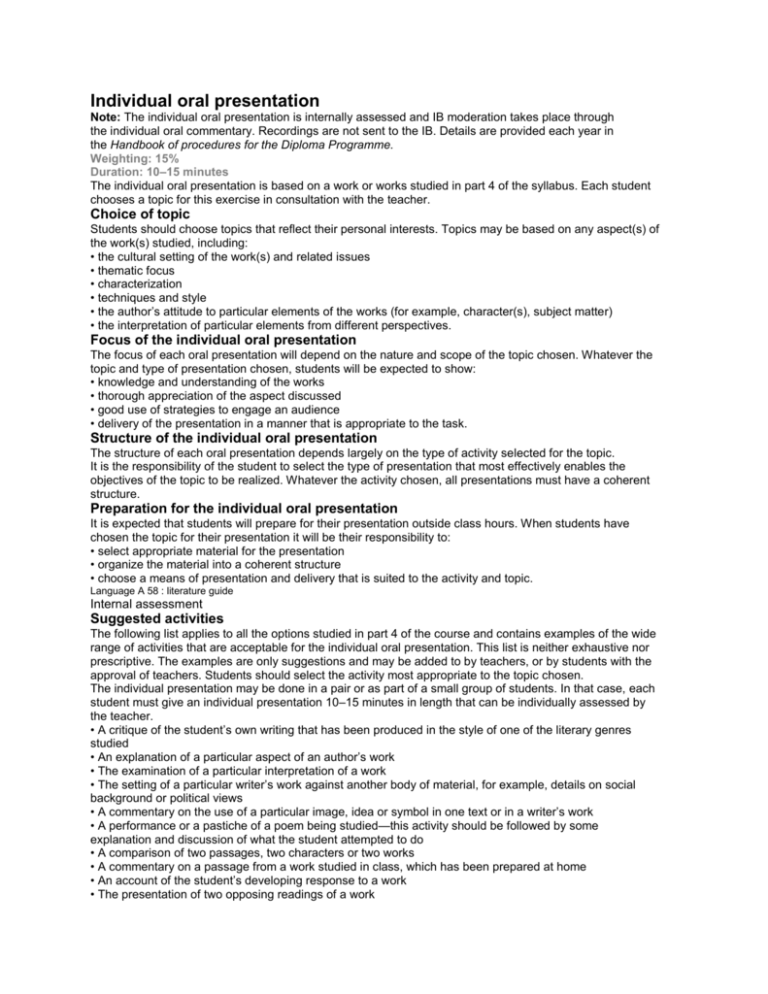
Individual oral presentation Note: The individual oral presentation is internally assessed and IB moderation takes place through the individual oral commentary. Recordings are not sent to the IB. Details are provided each year in the Handbook of procedures for the Diploma Programme. Weighting: 15% Duration: 10–15 minutes The individual oral presentation is based on a work or works studied in part 4 of the syllabus. Each student chooses a topic for this exercise in consultation with the teacher. Choice of topic Students should choose topics that reflect their personal interests. Topics may be based on any aspect(s) of the work(s) studied, including: • the cultural setting of the work(s) and related issues • thematic focus • characterization • techniques and style • the author’s attitude to particular elements of the works (for example, character(s), subject matter) • the interpretation of particular elements from different perspectives. Focus of the individual oral presentation The focus of each oral presentation will depend on the nature and scope of the topic chosen. Whatever the topic and type of presentation chosen, students will be expected to show: • knowledge and understanding of the works • thorough appreciation of the aspect discussed • good use of strategies to engage an audience • delivery of the presentation in a manner that is appropriate to the task. Structure of the individual oral presentation The structure of each oral presentation depends largely on the type of activity selected for the topic. It is the responsibility of the student to select the type of presentation that most effectively enables the objectives of the topic to be realized. Whatever the activity chosen, all presentations must have a coherent structure. Preparation for the individual oral presentation It is expected that students will prepare for their presentation outside class hours. When students have chosen the topic for their presentation it will be their responsibility to: • select appropriate material for the presentation • organize the material into a coherent structure • choose a means of presentation and delivery that is suited to the activity and topic. Language A 58 : literature guide Internal assessment Suggested activities The following list applies to all the options studied in part 4 of the course and contains examples of the wide range of activities that are acceptable for the individual oral presentation. This list is neither exhaustive nor prescriptive. The examples are only suggestions and may be added to by teachers, or by students with the approval of teachers. Students should select the activity most appropriate to the topic chosen. The individual presentation may be done in a pair or as part of a small group of students. In that case, each student must give an individual presentation 10–15 minutes in length that can be individually assessed by the teacher. • A critique of the student’s own writing that has been produced in the style of one of the literary genres studied • An explanation of a particular aspect of an author’s work • The examination of a particular interpretation of a work • The setting of a particular writer’s work against another body of material, for example, details on social background or political views • A commentary on the use of a particular image, idea or symbol in one text or in a writer’s work • A performance or a pastiche of a poem being studied—this activity should be followed by some explanation and discussion of what the student attempted to do • A comparison of two passages, two characters or two works • A commentary on a passage from a work studied in class, which has been prepared at home • An account of the student’s developing response to a work • The presentation of two opposing readings of a work • A monologue or dialogue by a character at an important point in the work • Reminiscences by a character from a point in later life • An author’s reaction to a particular interpretation of elements of his or her work in a given context (for example, a critical defence of the work against a charge of subversion, or immorality, before a censorship board) Please note that students who choose creative presentations should provide a rationale for what they have done. Conduct of the presentation and subsequent discussion Teachers must allow students to do their presentation without any interruption or assistance. When the presentation is completed teachers may engage in a discussion with students in order to probe further into their knowledge and understanding of the work(s) or topic. Teachers should be satisfied that students have justified their selection of: • the material used in the presentation • the activity chosen to convey the topic • the suitability of the style of presentation. The whole class may participate in the subsequent discussion. The student is, however, only assessed on the presentation (which includes the rationale where appropriate). Language A: literature guide 59 Internal
